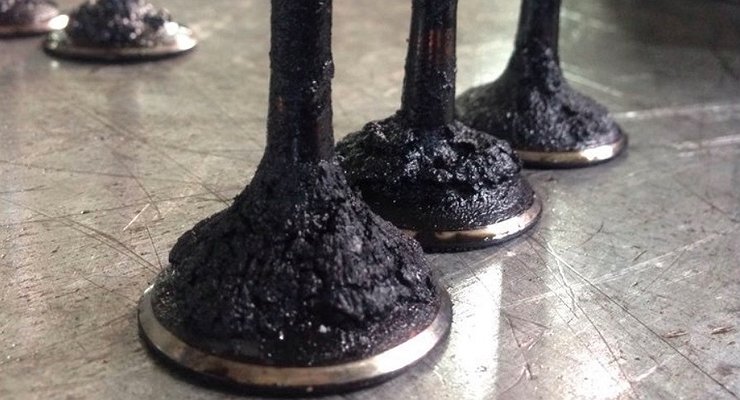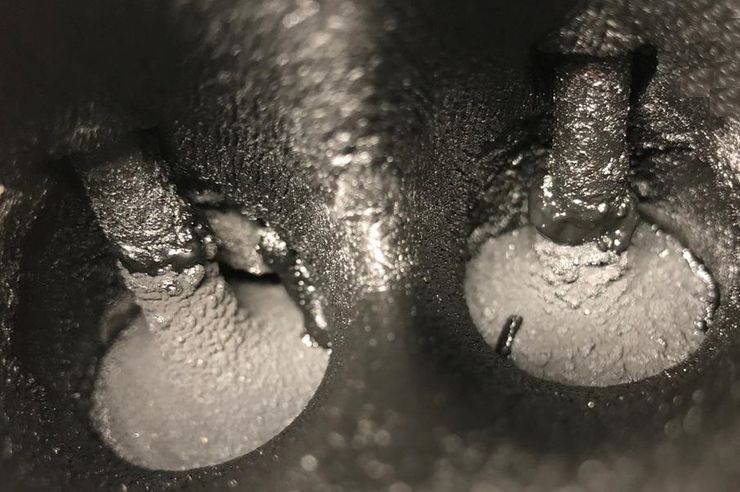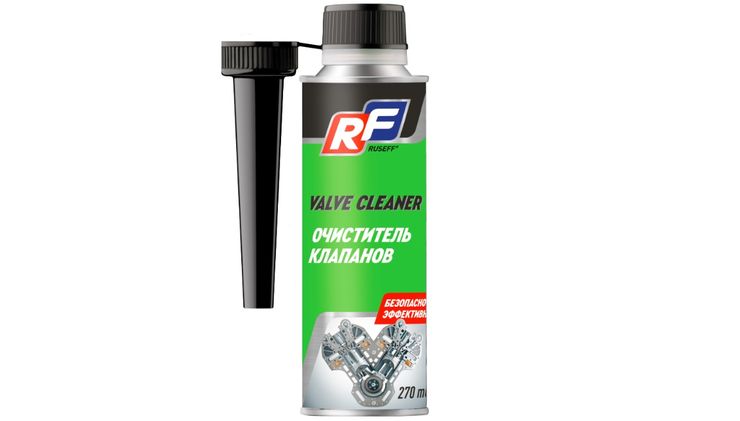Why do almost all modern cars have so much dirt on the valves
- January 27, 2023
- 0
According to experts, in almost every car engine sooner or later it is necessary to clean the parts of the intake tract, and especially the valves. With what
According to experts, in almost every car engine sooner or later it is necessary to clean the parts of the intake tract, and especially the valves. With what

Among the most relevant topics that have been discussed by users for a long time on various automotive forums and in specialized communities, a special place is occupied by the fight against carbon deposits on intake valves.
In general, this problem is not new – it has been dealt with quite seriously for a decade or two, and large-scale investigations are even being organized. They indicate that intake manifold deposits are caused by several factors.
One of the most common causes of deposits is oil vapors that burn during the ignition of the fuel mixture in the engine cylinders. The products of combustion gradually accumulate on the walls of the intake manifold, as well as on the intake valves, eventually hardening into dense deposits. Other typical causes are often worn valve stem seals or exhaust gases entering the intake manifold through a faulty EGR valve.
But the carbon deposits caused by the fuel itself are the most damaging to the engine. The process of their formation is especially aggravated when low-quality fuel is used. This is confirmed by special investigations carried out, including abroad.
For example, bench engine tests of various gasolines showed that in just 3000 km driven, due to the formation of soot, the conditional cleanliness of the valves decreases by an average of 15%. And with the further operation of the car, if you do not take effective measures, this indicator will decrease exponentially.
Such contamination adversely affects the operation of the intake tract, causing more serious problems. This can be a significant drop in engine power and throttle response, a gradual increase in valve seat wear, and in some cases even burnout. It is clear that after the occurrence of such defects, the power unit needs at least a partial overhaul with a complete replacement of the intake valves.
In order not to bring the situation to such a final, experts recommend periodically carrying out preventive cleaning of the intake tract nodes using special fuel additives. For this purpose, both foreign and domestic drugs can now be found on the market. The latter, by the way, often surpass individual imported analogues in their working properties.
An example is a new generation valve cleaner developed by specialists from the Russian company Ruseff. The composition is universal in its application, as it performs several important functions. For example, it not only cleans deposits from the surfaces of intake valves, but also from the combustion chamber, nozzle channels and walls of the intake channel.
All this in combination contributes to the normalization of engine operation, which is manifested in a confident start of a cold engine, stable idle speed, improved throttle response and the achievement of standard engine power. Experience with this product from Ruseff clearly shows that it provides effective cleaning of the inlet valves, without the need to dismantle the drive unit.


Among the most relevant topics that have been discussed by users for a long time on various automotive forums and in specialized communities, a special place is occupied by the fight against carbon deposits on intake valves.
In general, this problem is not new – it has been dealt with quite seriously for a decade or two, and large-scale investigations are even being organized. They indicate that intake manifold deposits are caused by several factors.
One of the most common causes of deposits is oil vapors that burn during the ignition of the fuel mixture in the engine cylinders. The products of combustion gradually accumulate on the walls of the intake manifold, as well as on the intake valves, eventually hardening into dense deposits. Other typical causes are often worn valve stem seals or exhaust gases entering the intake manifold through a faulty EGR valve.
But the carbon deposits caused by the fuel itself are the most damaging to the engine. The process of their formation is especially aggravated when low-quality fuel is used. This is confirmed by special investigations carried out, including abroad.
For example, bench engine tests of various gasolines showed that in just 3000 km driven, due to the formation of soot, the conditional cleanliness of the valves decreases by an average of 15%. And with the further operation of the car, if you do not take effective measures, this indicator will decrease exponentially.
Such contamination adversely affects the operation of the intake tract, causing more serious problems. This can be a significant drop in engine power and throttle response, a gradual increase in valve seat wear, and in some cases even burnout. It is clear that after the occurrence of such defects, the power unit needs at least a partial overhaul with a complete replacement of the intake valves.
In order not to bring the situation to such a final, experts recommend periodically carrying out preventive cleaning of the intake tract nodes using special fuel additives. For this purpose, both foreign and domestic drugs can now be found on the market. The latter, by the way, often surpass individual imported analogues in their working properties.
An example is a new generation valve cleaner developed by specialists from the Russian company Ruseff. The composition is universal in its application, as it performs several important functions. For example, it not only cleans deposits from the surfaces of intake valves, but also from the combustion chamber, nozzle channels and walls of the intake channel.
All this in combination contributes to the normalization of engine operation, which is manifested in a confident start of a cold engine, stable idle speed, improved throttle response and the achievement of standard engine power. Experience with this product from Ruseff clearly shows that it provides effective cleaning of the inlet valves, without the need to dismantle the drive unit.
Source: Avto Vzglyad
Donald Salinas is an experienced automobile journalist and writer for Div Bracket. He brings his readers the latest news and developments from the world of automobiles, offering a unique and knowledgeable perspective on the latest trends and innovations in the automotive industry.